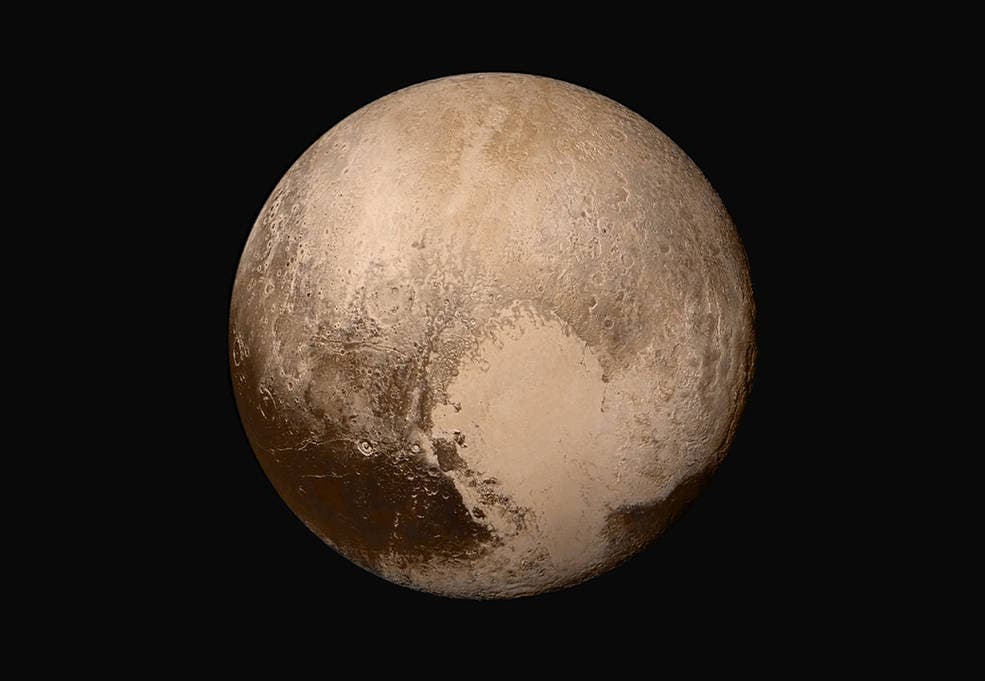Despite its demotion from the planet status, Pluto continues to surprise us. As we receive more and more information from the Deep Horizons mission, we’re understanding more and more what a complex system Pluto really is – just like a planet.

The latest example comes in the form of an unexpected interaction with the solar wind.
“This is a type of interaction we’ve never seen before anywhere in our solar system,” said David J. McComas, lead author of the study. McComas, professor of astrophysical sciences at Princeton University and vice president for the Princeton Plasma Physics Laboratory. “The results are astonishing.” McComas leads the SWAP instrument aboard New Horizons; he also led the development of SWAP when he was at the Southwest Research Institute (SwRI) in San Antonio, Texas.
Solar wind is the stream energized, charged particles, primarily electrons and protons, flowing outward from the Sun at temperatures around 1 million degrees Celsius. It’s made of plasma. When solar wind encounters a planet, there’s generally an abrupt diversion, and when it encounters a comet, there’s only a gentle slowing of the plasma. With Pluto, there’s a little bit of both. Just like a hybrid car, Pluto’s interaction with solar wind shares characteristics with both planets and comets. Astronomers thought Pluto wasn’t “heavy” enough to hold heavy ions in its extended atmosphere, but the planet-wannabe surprised us once again: material is confined relatively closely to the surface.
It’s remarkable that we’re now managing to understand Pluto in such detail, and it’s a testament to the fantastic work being done at NASA.
“These results speak to the power of exploration. Once again we’ve gone to a new kind of place and found ourselves discovering entirely new kinds of expressions in nature,” said SwRI’s Alan Stern, New Horizons principal investigator.
Other findings announced by NASA include:
- Like Earth, Pluto has a long ion tail, that extends downwind at least a distance of about 100 Pluto radii (73,800 miles/118,700 kilometers, almost three times the circumference of Earth), loaded with heavy ions from the atmosphere and with “considerable structure.”
- Pluto’s obstruction of the solar wind upwind of the planet is smaller than had been thought. The solar wind isn’t blocked until about the distance of a couple planetary radii (1,844 miles/3,000 kilometers, about the distance between Chicago and Los Angeles.)
- Pluto has a very thin boundary of Pluto’s tail of heavy ions and the sheath of the shocked solar wind that presents an obstacle to its flow.
The findings were published on May 4, 2016 in the Journal of Geophysical Research – Space Physics.






